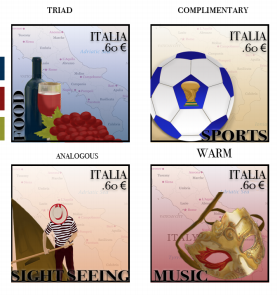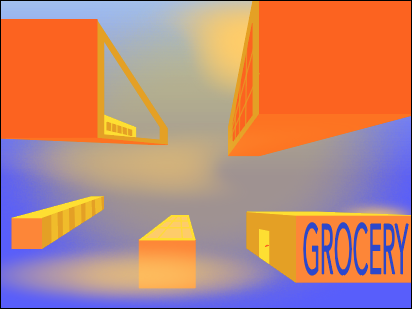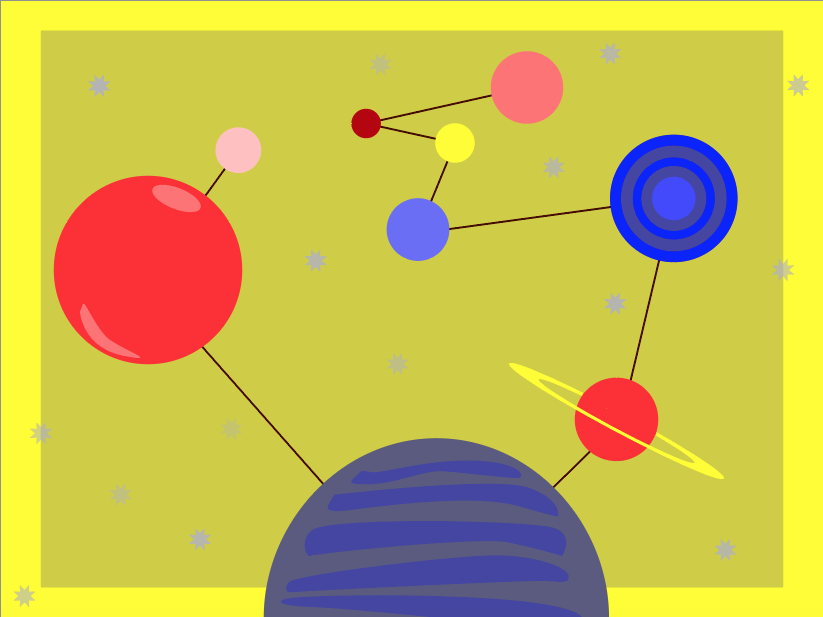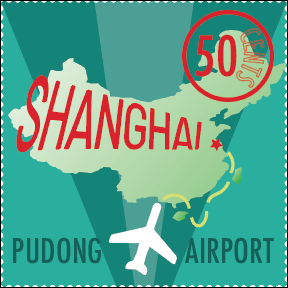

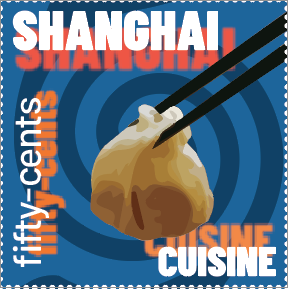
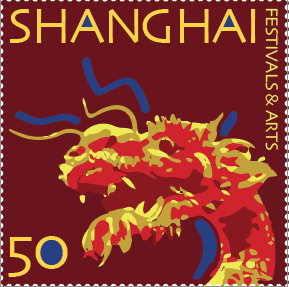
In this project, I learned how typography plays a vital role in communicating a message. My various typefaces included both serif and sans serif fonts that all represented four sectors of Shanghai, China : Festivals and the Arts, Architecture, Cuisine, and Airports (specifically the Pudong Airport). Each composition turned out completely different. I found the easiest thing for me was the spacing of the lettering; through kerning and rulers, I was able to get everything nearly perfect with spacing, which I think made each stamp look clean and neat. On the other hand, one challenge in this project was image tracing. Although it is an automated style, this tool was very difficult to use to come up with the image I was seeking, and I spent most of my time fixing the paths of my image-traced objects. I believe my submission could be improved if I went back and got extremely tedious with the task of perfectly spacing everything, but I think it came out pretty well, nonetheless. I think it would also be interesting to actually print and make stamps in the future. Going forward, I will look at typography differently and consider when to utilize typography in future graphics products. With the new techniques I learned (kerning, expanding text, custom fonts, envelope distort, etc), I will certainly be advantageous with the power of typography in future graphics projects.
One inspiring piece for me this project was this past project from a student who took the course: 